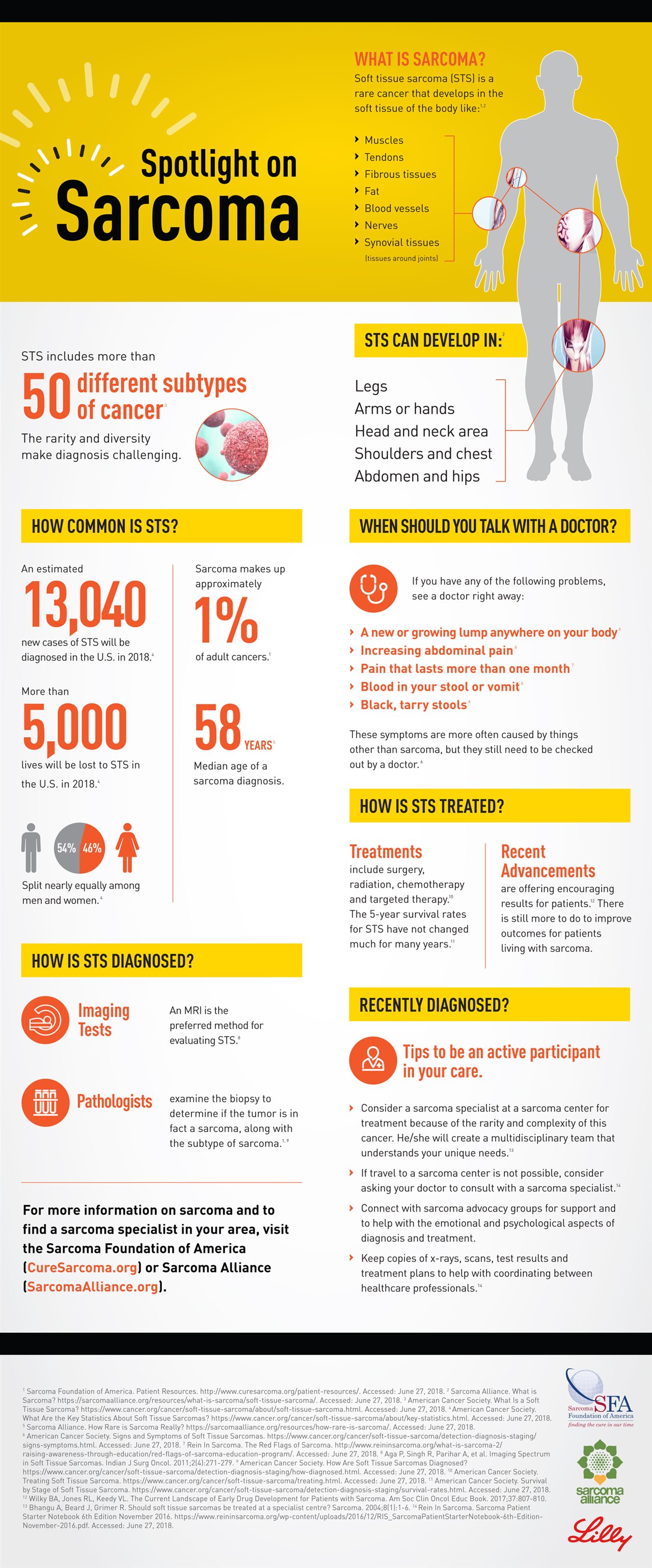2018-09-27T10:07:00
(BPT) – It probably feels like it wasn’t long ago that you enrolled in your current Medicare prescription drug plan, also known as a Part D plan. But time flies, and Medicare Open Enrollment is here again (starting on October 15th). Consider these five tips that will help you find the coverage you need and help you save money.
* Don’t delay. According to some estimates, as many as 80 percent of seniors may choose to stay in a Medicare prescription drug plan that doesn’t match their needs. In part, this is because some people delay researching the plan that’s right for them until the closing of Open Enrollment on December 7. By then, the task of identifying that plan that fits your financial and health needs can seem overwhelming.
* Lower your costs by using preferred retail and mail order pharmacies. Look for plans with a “preferred pharmacy network.” By filling your prescriptions at a preferred pharmacy, you may save on copays. If you take a chronic medication, make sure to review the plan’s mail order options since getting a 90-day supply delivered to your door may save you time and money.
* Make sure your drugs are covered. Each Medicare Part D plan has a list of drugs that it covers—called a “formulary.” When comparing plans, always check the formulary to make sure the drugs you’re currently taking are covered, as well as the exact dosage. If a drug is not covered, you could end up paying full price for the medication. Formularies change every year, so you should always check to make sure your medication is on the list of covered drugs when considering your plan for next year.
* Review your medications with your healthcare provider. If you’re on brand-name drugs, see if there are generics or alternatives that can be prescribed instead to save you money. A brand or generic alternative drug that is in the same therapeutic class as the medication you are on can be just as effective. If a drug you’re currently taking is not covered by the plan, talk to your doctor about the possibility of using an alternative drug that is included on the formulary.
* Focus on the future. In addition to reviewing your current medications, ask your doctor if there are any other medications you’ll likely be prescribed in the coming year. For instance, if you’re pre-diabetic, you could ask if there may be a chance that you’ll need a diabetes treatment next year. When selecting your Medicare Part D plan, consider your needs—both now and in the future—so you’ll be better prepared for the road ahead.
Whether you’re enrolling in a Medicare Part D plan for the first time or have done it before, you’re bound to have questions. Visit www.RoadmapForMedicare.com for answers and to help prepare for the road ahead so you can be ready to pick the plan that’s best for next year.











